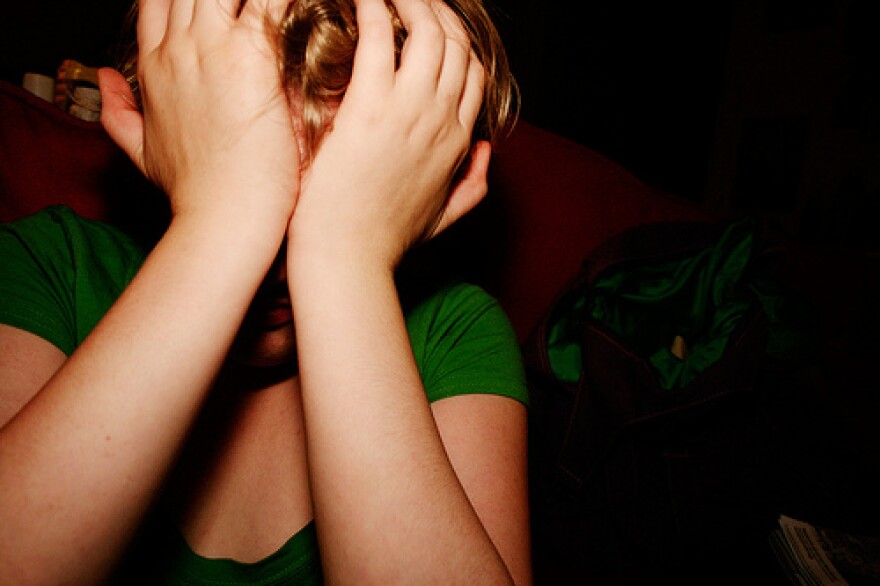We're at that time of year when holiday parties and social activities crowd our social calendar. You may dread the office party and worry about what to wear, but that's a common anxiety many of us face. But according to the National Institutes of Health, millions of Americans suffer from something much worse -- extreme fear of being scrutinized and judged by others. When the fear is so debilitating it disrupts daily life, it’s social anxiety disorder, a chronic mental health condition also known as social phobia.
This week on Take Care, Dr. Robin Zasio, discusses social anxiety and how to overcome the disorder. Zasio is a nationally-known clinical psychologist who specializes in this field. She's familiar to many from her appearances on the A&E television series “Hoarders.” Zasio is also the author of "The Hoarder in You: How to Live a Happier, Healthier, Uncluttered Life."
Click 'Read More' to hear our interview with Dr. Robin Zasio.
Social anxiety usually begins in childhood or early adolescence. Thirty-six percent of sufferers report symptoms for 10 or more years before seeking help. This may be because some people, including parents whose children have social anxiety, may confuse the disorder with shyness.
It’s important to understand the differences between having social anxiety and being shy. According to Zasio, shy people are not so inhibited that they cannot engage in social situations if they need to.
“People who are shy can still go to parties, can still engage in social conversations, they go out, they can still go to class, they can still raise their hand while they’re in class. They just might be a little more reserved,” Zasio said. “But it doesn’t necessarily interfere in a clinical way in their lives and prevent them from doing the things that they want to do.”
But those with social anxiety fear the outcomes of these social situations, which leads them to withdrawing from them.
“The primary symptoms include being fearful of what people think about them, fearful of being judged, fearful of being criticized, fearful that they’re gonna do something that’s embarrassing or humiliating, so much so that they will avoid situations so that they’re not in, what they might expect, a predicament where that feared situation would happen,” Zasio said.
The result of this is that those with social anxiety isolate themselves because the fear of social situations is so strong. This fear can be hard to overcome, but Zasio said that, like any fear, it can be changed if that fear is confronted.
“What we do is we then have that person go into those situations and have them confront them repeatedly. And this is the key—over and over again,” Zasio said. “And what happens is you’re telling that part of your brain, your fear center, ‘there is no danger,’ that what you fear, the person might get mad at you, or otherwise, is not going to happen.”
When Zasio works with patients, she has them spend hours doing activities that will help them overcome their fear. For example, she will have them call businesses from the phone book and ask some questions to show that the feared outcome will not happen. It does take time to overcome social anxiety, but not as long as some people may think.
“Oftentimes what happens is, someone will come in and they’ll say ‘as far back as I can remember I was worried about what people would think about me. So I’m now 26, it took me this long to seek treatment. Is it gonna take me another 20 years to get over it?’ Absolutely not,” Zasio said. “Through the behavioral therapy, which is what the exposure therapy process is about, your brain changes very quickly.




